Click on images to enlarge
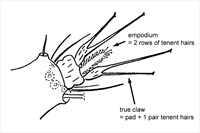
Fig. 1. Notonychus asper adult female - detail of empodium and claws (redrawn from Davis 1969).
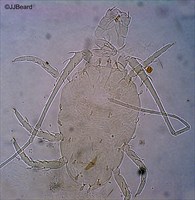
Fig. 2. Notonychus asper adult female (paratype) - dorsal habitus.
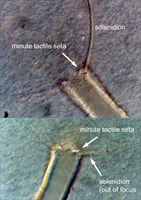
Fig. 3. Notonychus asper adult female (holotype) - detail of minute tactile seta of duplex seta on tarsus I.
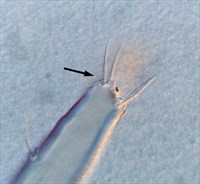
Fig. 4. Notonychus asper adult female - detail of associated setae on tarsus IV.
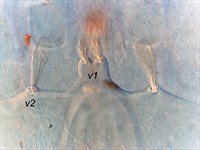
Fig. 5. Notonychus asper adult female (holotype) - detail of anterior margin of prodorsum, indicating single median lobe/projection.
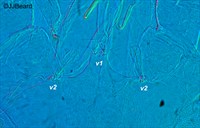
Fig. 6. Notonychus asper adult female (paratype) - detail of anterior margin of prodorsum, indicating single median lobe/projection.

Fig. 7. Notonychus asper adult female - detail of dorsum (note position of seta f1) (redrawn from Davis 1969).
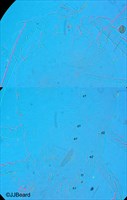
Fig. 8. Notonychus asper adult female (paratype) - detail of dorsum.
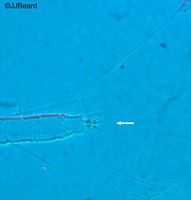
Fig. 9. Notonychus asper adult male (paratype) - detail of tip of tarsus I (dorsal aspect; arrow indicates empodium with two rows of tenent hairs).
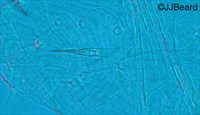
Fig. 10. Notonychus asper adult male (paratype) - detail of aedeagus.
Material examined
types; non-types
Taxonomy
Subfamily Bryobiinae
Tribe Hystrichonychini
Distribution
*Australia: Queensland
Only 1 species known worldwide.
Taxonomy Changes
None
Diagnosis
Female
- empodia = short pad with two rows of tenent hairs ventrally (Figs 1, 9)
- true claws = short pad with one pair tenent hairs (Fig. 1)
- peritreme ending in expanded oblong bulb, anastomosing
- body flattened, narrow
- leg I much longer than body, with femur and tibia significantly elongate and narrow (Fig. 2)
- tarsi I-II duplex setae with tactile seta minute and solenidion extremely long (Fig. 3); note that tactile seta was considered absent in original description
- tarsi III-IV with a pair of associated setae (one tactile and one solenidion of equal length) (Fig. 4)
- prodorsum with single lobe/projection medially on anterior margin, bearing setae v1 (Figs 5, 6, 7)
- prodorsal setae v2 inserted on small projections on either side of median projection (Figs 5, 6, 7)
- prodorsum with 4 pairs of setae (v1, v2, sc1, sc2) (Fig. 7)
- dorsal opisthosoma with 9 pairs of setae (c1-3, d1-2, e1-2, f1, h1 ) (Figs 6, 7)
- dorsal opisthosomal setae f1 inserted near lateral margin (Fig. 7)
- dorsal setae spatulate, barbed, inserted on small tubercles
- prodorsal and opisthosomal shields with rough, rugose cuticle (Figs 5-7)
- dorsal leg setae strongly pectinate/barbed
- pale yellow with green tinges and small dark spots laterally along body; gnathosoma, legs and anterior prodorsum reddish
Male (previously unknown, as yet undescribed)
- aedeagus linear, directed posteriorly, narrow, tapering distally (Fig. 10)
Larva
- leg I not elongate
- dorsal setae v1, f1, h1 much longer than in adult, not spatulate
- prodorsal setae v1 not inserted on projection (= anterior projection absent)
- dorsal shields strong, separated by widely spaced transverse striae
- pale yellow with greenish tinges
Hosts
*Gahnia aspera (Cyperaceae)
Similar Taxa
Monoceronychus McGregor from USA and Fiji
Mesobryobia Wainstein from Armenia, Kasakhstan, USA
References
*Davis, J.J. (1969a) A new genus and a new species of the tribe Hystrichonychini (Acarina: Tetranychidae) from Queensland. Journal of the Australian Entomological Society 8: 103-106
Copyright © 2018. All rights reserved.